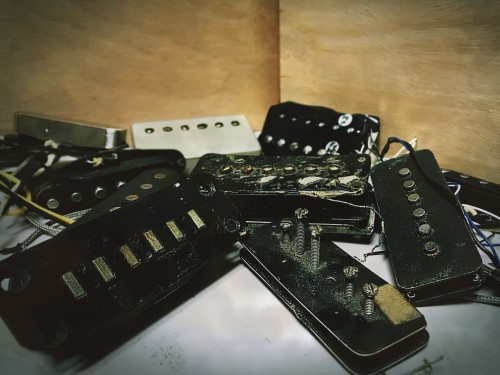
Fender unveiled the original Bass VI back in 1961 (though, officially, its original name was simply the Fender “VI”) as an answer to Danelectro’s six string bass of a similar style of the era. The instrument was unique. Compared to a standard bass, it had a shorter scale, six thinner strings tuned E one octave below a guitar, and, of course, a floating tremolo system; something not usually seen on a bass guitar.
The Fender “VI” underwent a few small changes by its first birthday in 1962, settling on the design we know today as the Bass VI. This latest version featured aesthetic and functional similarities to another Fender favorite: the Jaguar. The most notable similarity between the two was their pickups. The three-piece set of Jaguar pickups featured in the old Bass VI instruments have been heard on countless classic songs from artists such as The Beatles, Led Zeppelin, The Cure, Fleetwood Mac, The Who, Cream, Placebo, Cocteau Twins, The Hollies, Guns N’ Roses, and Wes Montgomery – just to name a few. Chances are, you’ve heard them at work. And the most incredible thing about these pickups? They weren’t even intended to be installed in a bass instrument!
Continue reading

